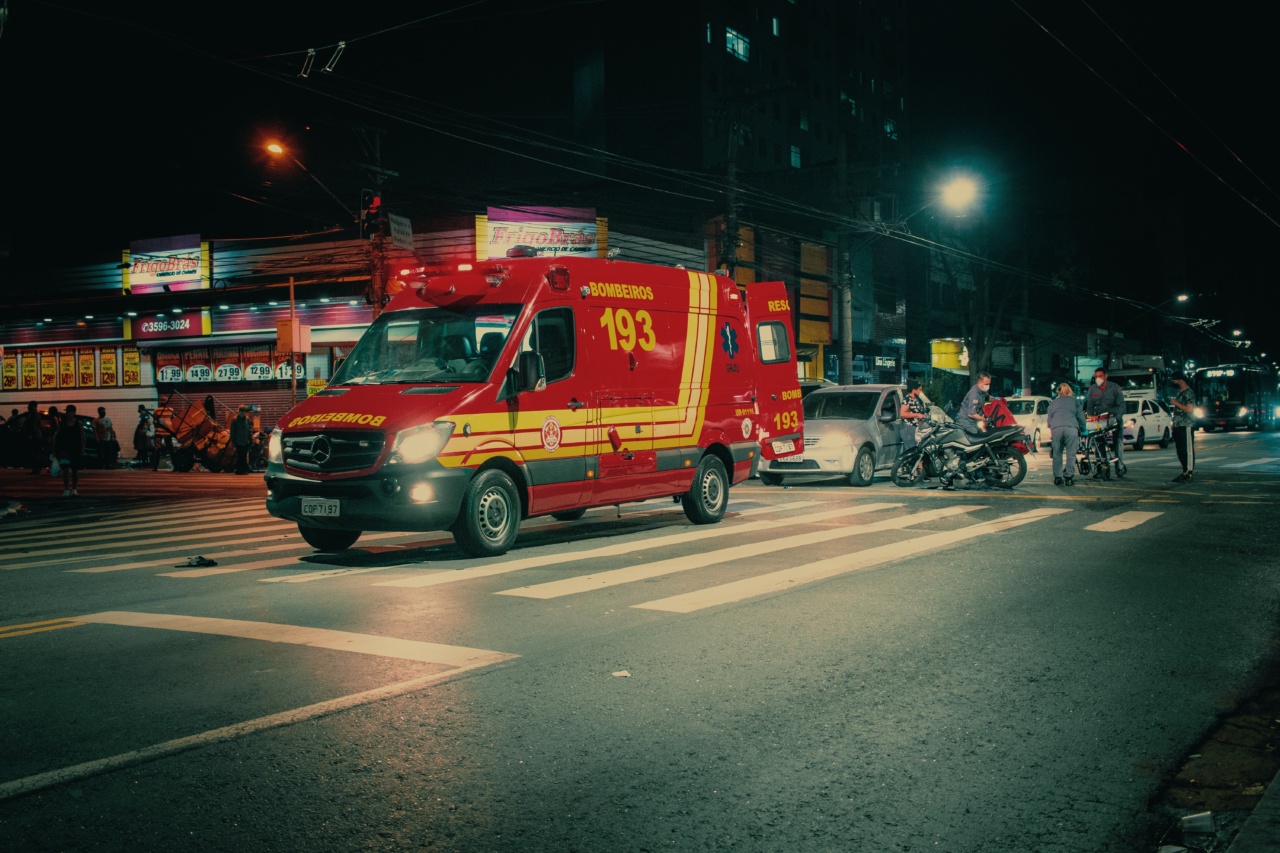Sudden cardiac death is a devastating event that affects thousands of people around the world each year. It occurs when the heart suddenly stops beating, leading to an abrupt loss of blood flow to the body.
This condition is often caused by an underlying heart problem, such as an arrhythmia or a structural abnormality. Fortunately, there are several life-saving interventions that can prevent sudden cardiac death and improve patient outcomes. In this article, we will explore these interventions and their effectiveness in preventing this tragic event.
The Role of Early Detection
Early detection of heart problems is crucial in preventing sudden cardiac death. Regular check-ups with a healthcare provider can help identify risk factors, such as high blood pressure, high cholesterol, or a family history of heart disease.
Additionally, certain diagnostic tests, like electrocardiograms (ECGs) or stress tests, can provide valuable information about the heart’s electrical activity and overall function. These tests enable healthcare providers to detect potential abnormalities before they escalate into life-threatening conditions.
Lifestyle Modifications
Adopting a healthy lifestyle is an essential step in preventing sudden cardiac death. Making dietary changes, such as reducing the intake of processed foods, sodium, and saturated fats, can lower the risk of heart disease.
Regular physical activity, including walking, cycling, or swimming, improves cardiovascular health and reduces the chances of heart problems. Moreover, quitting smoking and limiting alcohol consumption are vital for maintaining a healthy heart. These lifestyle modifications not only reduce the risk of sudden cardiac death but also improve overall well-being.
Medication and Medical Interventions
In some cases, medication and medical interventions are necessary to prevent sudden cardiac death. Certain medications, such as beta-blockers or anti-arrhythmics, can help regulate the heart’s electrical signals and prevent abnormal rhythms.
Implantable cardioverter-defibrillators (ICDs) are devices that can be surgically placed in individuals at high risk of sudden cardiac death. These devices monitor the heart’s rhythm and deliver a shock to restore normal heartbeat if a life-threatening arrhythmia occurs. Pacemakers, on the other hand, are often used to treat slow heart rhythms and help maintain a regular heartbeat.
Cardiac Rehabilitation Programs
Cardiac rehabilitation programs play a significant role in preventing sudden cardiac death and promoting optimal recovery after a cardiac event.
These programs offer tailored exercise programs, nutritional counseling, and emotional support to individuals with heart problems. Regular participation in a cardiac rehabilitation program can significantly reduce the risk of future cardiovascular events, including sudden cardiac death.
These programs focus on improving overall cardiovascular fitness, managing stress, and providing education about heart-healthy habits.
Education and Public Awareness
Education and public awareness campaigns are essential in preventing sudden cardiac death. Many individuals are unaware of the warning signs of heart problems or the importance of early intervention.
By educating the public about risk factors, symptoms, and available treatments, more lives can be saved. Public awareness campaigns can also promote the widespread availability of automated external defibrillators (AEDs) in public places.
These devices can be used to deliver a potentially life-saving shock to individuals experiencing sudden cardiac arrest before emergency medical services arrive.
Family Screening and Genetic Testing
In cases where sudden cardiac death may have a genetic basis, family screening and genetic testing can be crucial in preventing future tragedies.
If a close family member has experienced sudden cardiac death or has been diagnosed with an inheritable cardiac condition, other relatives should consider undergoing screening tests. Genetic testing can identify specific genetic mutations that contribute to heart problems, enabling healthcare providers to implement targeted interventions.
By identifying at-risk individuals within families, preventive measures can be taken to reduce the risk of sudden cardiac death.
At-Home Heart Monitoring
Advancements in technology have made at-home heart monitoring devices more accessible and user-friendly.
These devices, such as smartphone-connected ECG monitors or wearable heart rate trackers, allow individuals to monitor their heart rhythm and detect any abnormalities promptly. Continuous heart monitoring at home can help identify silent arrhythmias, which often go unnoticed but can lead to sudden cardiac death. Prompt detection and subsequent medical intervention can significantly reduce the risk of cardiac events.
Secondary Prevention Strategies
Individuals who have experienced a cardiac event or have been diagnosed with a heart condition are at an increased risk of sudden cardiac death. Implementing secondary prevention strategies is vital in reducing this risk.
These strategies may include medication adherence, regular follow-ups with healthcare providers, lifestyle modifications, and ongoing participation in cardiac rehabilitation programs. By actively managing their heart health, individuals can improve their outcomes and reduce the likelihood of sudden cardiac death.
The Importance of Emergency Response
In cases where sudden cardiac arrest occurs outside of a healthcare setting, immediate intervention is crucial.
When someone experiences sudden cardiac arrest, performing cardiopulmonary resuscitation (CPR) and using an AED can significantly increase their chances of survival. Training individuals in basic life support techniques, including CPR and AED usage, can empower them to respond effectively in emergencies. Quick action by bystanders until emergency medical services arrive can make a life-saving difference.
Conclusion
Sudden cardiac death is a tragic event that affects countless individuals and their families worldwide. However, with the right interventions and strategies in place, many of these deaths can be prevented.
Early detection, lifestyle modifications, medication, cardiac rehabilitation programs, education and public awareness, family screening, at-home heart monitoring, secondary prevention strategies, and emergency response all play critical roles in reducing the risk of sudden cardiac death. By implementing these life-saving interventions, we can make significant progress in protecting lives and ensuring a healthier future for all.



























